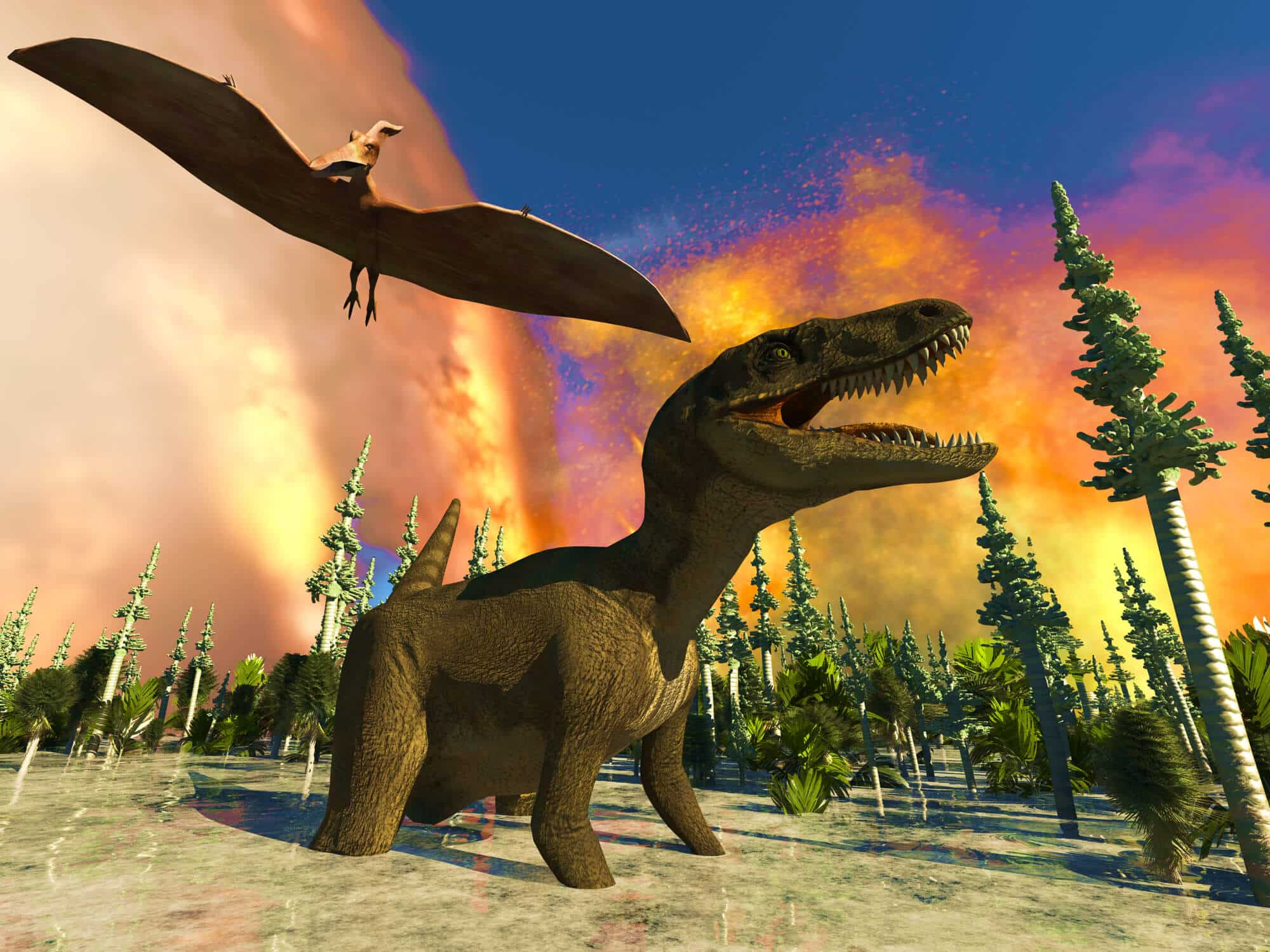Groundbreaking research confirms the time of year when an asteroid wiped out the dinosaurs and 75% of life on Earth

Groundbreaking research conducted by researchers at Florida Atlantic University (FAU) and an international team of scientists convincingly confirms the time of year when the Chikshulov asteroid impact disaster occurred, which is responsible for the extinction of the dinosaurs and 75% of life on Earth 66 million years ago. Spring, the season of new beginnings, ended the 165 million year reign of the dinosaurs and changed the course of the Earth's development.
The results of the research, published in the journal Scientific Reports, greatly improve the possibility of locating the first stages of the damage caused to life on Earth. FAU's Robert DeFalme, senior author and adjunct professor in the Department of Earth Science, Charles A. College of Science. Schmidt and a doctoral student at the University of Manchester, and Anton Oleinyk, Ph.D., second author and associate professor in FAU's Department of Earth Science, contribute to important scientific advances in understanding the massive collision that brought about the end of the dinosaurs.
"The season plays an important role in many biological functions such as culture, eating strategies, interactions between hosts and parasites, seasonal hibernation and reproductive patterns," said DePalma. The season of the Chikshulov collision is therefore a critical question in the end-Cretaceous extinction story. Until now, the answer to this question remains unclear."
It has been known for decades that the terrible collision of the Chicxulub asteroid hit the Yucatan Peninsula 66 million years ago. The collision caused the third largest extinction in Earth's history, and dramatically changed Earth Biomes in the world in ways similar to what is happening in the current global ecological crisis. But the finer details of what happened after the collision and how those events led to the third worst mass destruction in world history remain very obscure.
Robert De Palma (left) and Anton Oleinik, Ph.D., at a site in North Dakota.
Credit: Florida Atlantic University
The new research began in 2014 and used a combination of traditional and innovative techniques to put together a trail of clues that made it possible to identify the season of the year of the Chikshulov collision event. DeFalme examined the study site at Tanis in southwestern North Dakota, one of the most detailed Cretaceous-Paleogene boundary sites in the world, to understand the mechanism of action of the extinction event.
The unique structure and pattern of the growth lines in fossilized fish bones from the site, which resemble a barcode, showed that all the fish examined died in the spring-summer growth phase. Isotopic analysis in advanced technologies of the growth lines independently confirmed this, and showed an annual fluctuation that also ended in the spring-summer growth.
Comparing the size of the youngest fish to modern growth rates allowed the team to predict how long after hatching the fish were buried. They compared this to the known modern spawning seasons and were able to conclude which seasonal range the deposit in Tanis represented - spring to summer, just as the bones show.
More of the topic in Hayadan:
- The asteroid that killed the dinosaurs hit at the worst possible angle and therefore caused maximum damage
- The dinosaurs thrived before the asteroid hit wiped them out
- The Earth and Moon have had many more asteroid impacts since the age of the dinosaurs
- The asteroid wiped out almost all the birds along with the dinosaurs
- The consensus around the assertion that an asteroid killed the dinosaurs is getting stronger

6 תגובות
Yes, but this is about an event that took place in the Northern Hemisphere (Yucatan Peninsula, Mexico). The study was in the crater itself.
Spring in one area, it's autumn in another, right?
Very interesting and very sad. Thanks for the knowledge!
Fluctuations in climate are cyclical and always have been. How can one distinguish between natural climate change and change as a result of human activity?
Hello Doron. If you stop reading then the crisis doesn't exist?
I stopped reading at "in ways similar to what is happening in the current global ecological crisis".